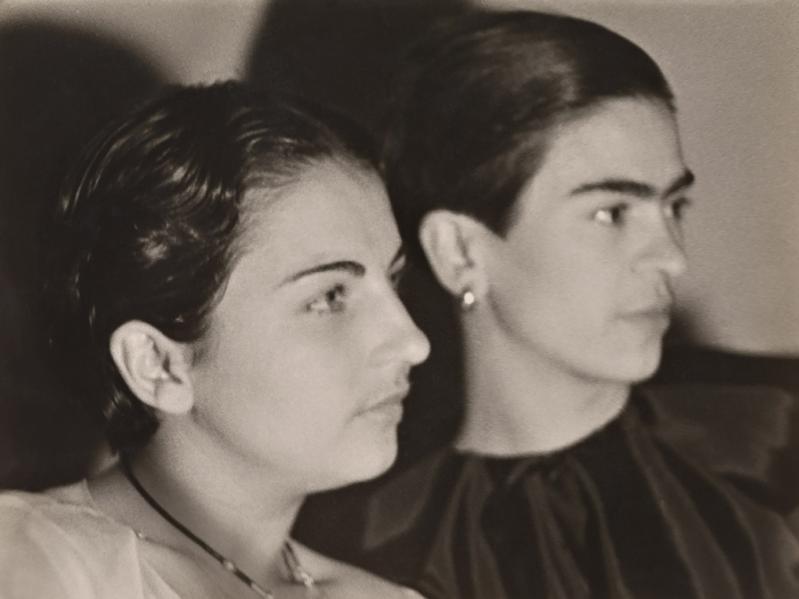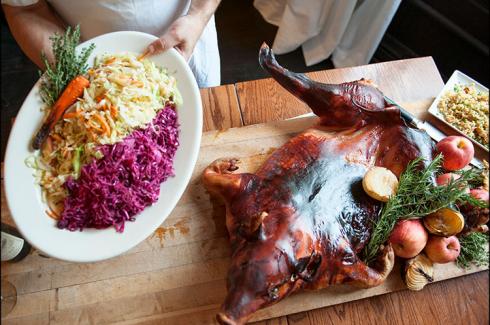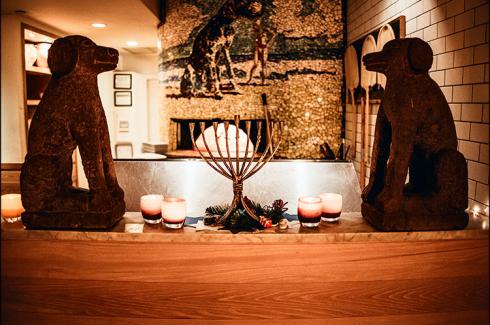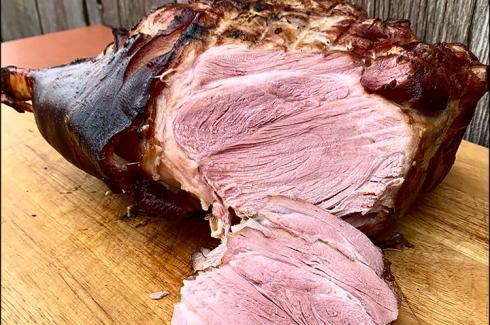For her curatorial introduction to the greater East End art community, Monica Ramirez-Montagut has chosen an unusual and very specific subject, the body and the health of a single artist. The Parrish Art Museum's executive director, who began her position in July, is working with Cristina Kahlo-Alcala (also an artist in the show) to address Frida Kahlo's "dramatic medical history and its sustained impact on her life and work."
"Kahlo: An Expanded Body" is less art exhibition than illustrated doctoral dissertation. The multiple gallery show, opening Sunday, will have more than 100 objects, primarily archival documents and photographs, provided by the Kahlo family through facsimile. Letters, postcards, images, medical records, and other ephemera offer a complex portrait of the artist's relationships with friends and family, colleagues, physicians, and paramours.
Kahlo, a Mexican artist who lived from 1907 to 1954, was known for her paintings, typically self-portraits, in a realist but naive style. These were adopted by Andre Breton as part of the Surrealist movement, about which she appeared ambivalent. She wrote at one time, "Since my subjects have always been my sensations, my states of mind, and the profound reactions that life has been producing in me, I have frequently objectified all this in figures of myself, which were the most sincere and real thing that I could do in order to express what I felt inside and outside of myself."
Stricken with polio as a child, she planned to study medicine before a bus accident at 18 put her in bed for months in a full body cast with a fractured pelvis and spine. Left with little to do, she took up painting. Her parents helped by having a special easel made for her to paint in bed. Although she recovered, she had chronic pain for the rest of her life.
The show organizers note that, for Kahlo, "health care remained a dominant theme in a life largely defined by doctors, hospitals, procedures, and chronic pain."
The presentation begins not with the artist's work (which is limited to a single drawing and two facsimiles, one of a photo), but with a series of anonymous photographs of the American British Cowdray Hospital in Mexico City, where Kahlo's procedures often took place. These are fleshed out with images of Kahlo during periods of wellness and ill health, including Lola Alvarez Bravo's photo of her on her deathbed.
Another gallery explores the heart, a recurring theme in Kahlo's work, through literal and more figurative representations of the heart by other artists. These will include Maria and Tolita Figueroa's "Unos cuantos Piquetitos" (translation: a few small nips), a 30-foot-high red heart (the literal kind) sculpture, which will be suspended from the ceiling. Kahlo had a painting with the same title and it depicts a female figure apparently dead with several knife cuts from a male figure standing over her, including a gaping hole where her heart might be. The curators note that the artist had a regular practice of painting the actual organ outside the body.
Less literal are images of those she loved, among them photos from the early 20th century of her childhood and later snaps of Diego Rivera, her husband, and Leon Trotsky, one of her lovers. A doctor with whom she had developed a close bond over many years of treatment, Juan Farill, is captured in a photo of the artist in a wheelchair. He stands next to her and her painting "Self-Portrait With the Portrait of Doctor Farill" on an easel. In the painting, she uses a heart-shaped palette.
Ms. Kahlo-Alcala will have a number of photographs and lightbox pieces based on her great-aunt's conditions and care. Other photographers whose work is included in the show are Florence Arquin, Gisele Freund, Guillermo Kahlo, Antonio Kahlo, and Nickolas Muray.
Also of note is an interactive installation with a sizable reproduction of "The Dream (the Bed)." The piece will include an actual bed, photos of hospital gowns like the artist wore and used to wipe paint brushes, and a table with postcards for children to use to create their own art to share.
Other contributors to the show, which remains on view until April, are Javier Roque Vazquez Juarez, who is a guest assistant curator, Kaitlin Halloran, the Parrish's curatorial assistant and publications coordinator, and Brianna L. Hernandez, a curatorial fellow.




